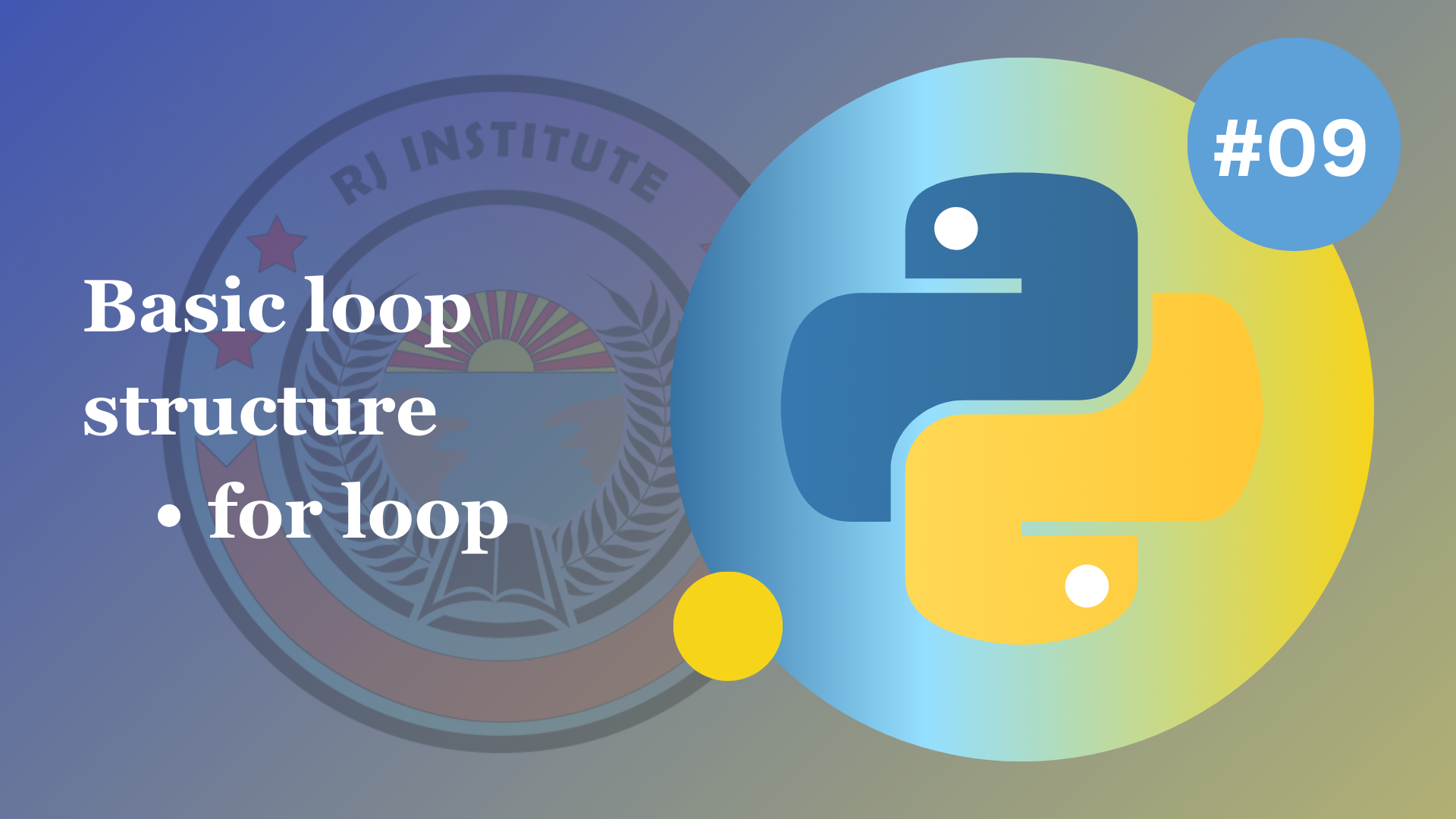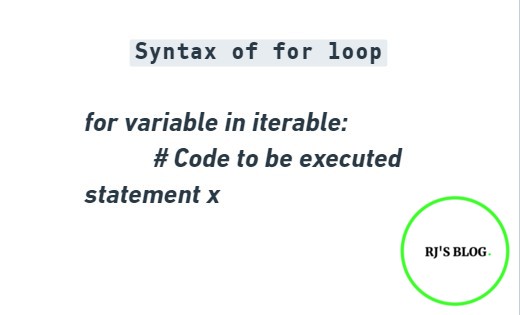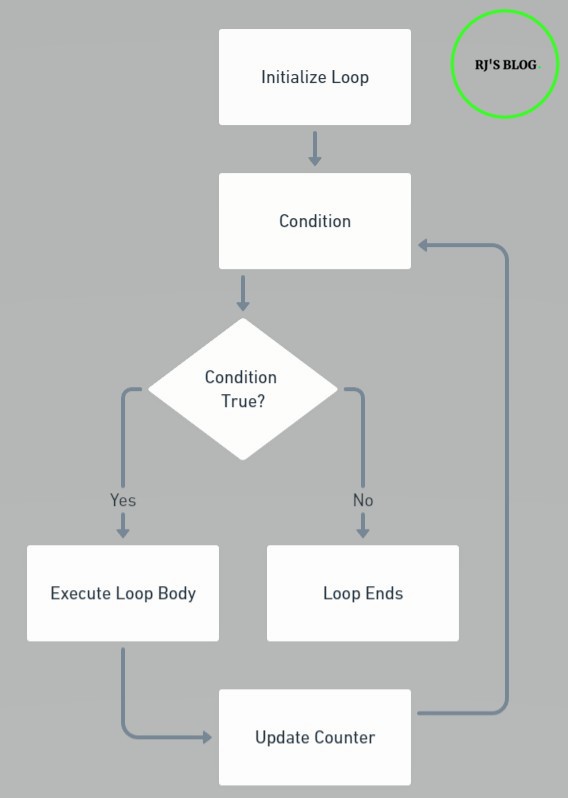

TOPIC: Python Basic Loop Structure - for loop
for loop
A "for loop" in Python is a control flow statement that allows you to iterate over a sequence or an
iterable object (such as a list, tuple, string, or range) and execute a block of code for each item
in the sequence. Here's a definition and common uses of the for loop:
The syntax and the flowchart of a for loop:


for loops are essential for iterating over various types of data, and they provide a convenient way to perform repetitive tasks and process collections of data in Python programs. They are a fundamental building block of many Python programs and are widely used in everyday coding tasks.
Code as discussed in the video:
You can copy and run this code